The Bureau of Land Management (BLM) manages a huge amount of land and minerals in the U.S. It has more than 245 million acres of surface land and 700 million acres of minerals under the ground. This makes it the biggest land manager in the country.
The BLM’s main goal is to use public land wisely while protecting its natural beauty, history, and culture. This mission comes from the Federal Land Policy and Management Act of 1976 (FLPMA).
The BLM looks after many different uses of land. These include developing renewable and traditional energy, raising livestock, cutting down trees, and enjoying the outdoors. People can go camping, hunting, and driving off-road on these lands.
Learning about the BLM’s wide range of tasks helps us see how important it is. This agency plays a key role in managing America’s natural resources and places for fun.
Key Takeaways
- The BLM manages over 245 million acres of public land, making it the largest federal land manager in the United States.
- The BLM’s mission is to manage public lands for multiple uses, including energy development, grazing, recreation, and conservation.
- The BLM oversees a diverse range of land uses, from renewable and conventional energy to outdoor recreation and wildlife habitat.
- The BLM’s management of public lands aims to balance economic, recreational, and environmental considerations.
- Understanding the BLM’s role and responsibilities is crucial for appreciating the agency’s impact on America’s natural resources and public land use.
The Bureau of Land Management’s Mission and Mandate
The Bureau of Land Management (BLM) is a key part of the US government. It has a dual mission. It manages public lands for many uses and conserves natural, historical, and cultural resources. This balance is key to letting Americans enjoy their public lands now and in the future.
Managing Public Lands for Multiple Uses
The BLM oversees a huge network of public lands. These include vast wilderness areas, national parks, and diverse ecosystems. The agency must manage these lands for many uses. This includes outdoor recreation, renewable energy, conventional energy, livestock grazing, and timber harvesting.
This task requires working closely with stakeholders and partners. It ensures the sustainable use of these valuable natural resources.
Conserving Natural, Historical, and Cultural Resources
The BLM also works to preserve the natural, historical, and cultural resources on public lands. It protects wildlife habitats, conserves Native American artifacts, and safeguards paleontological treasures. The agency’s commitment to conservation is seen in its management of special landscapes.
These landscapes include National Conservation Lands and Wilderness Areas. They are set aside for their unique ecological, historical, and recreational value.
By balancing these priorities, the BLM plays a crucial role. It ensures the stewardship of public lands for all Americans, now and in the future.
Administering Vast Public Lands and Mineral Estate
The Bureau of Land Management (BLM) is key in managing the vast public lands and mineral resources of the United States. It cares for one in every 10 acres of land, covering forests, mountains, and more. The BLM also looks after about 30% of the nation’s minerals, showing its wide range of duties.
The BLM has a big job to do. It makes sure public lands and minerals are used wisely and protected. This means working on renewable energy projects and managing conventional energy production. It also looks out for the needs of outdoor recreation, wilderness survival, and camping guides.
The BLM walks a fine line. It must use resources wisely while keeping them safe for now and the future. By doing this, the BLM helps the us government and federal agencies. It also keeps the United States a great place for outdoor fun.
Managing Diverse Land Uses
The US government manages a wide range of land uses on public lands. This includes developing renewable energy like solar and wind power. It also oversees traditional energy sources like oil, gas, and coal. The Bureau of Land Management (BLM) is in charge of these activities.
It also manages activities like livestock grazing and timber harvesting. These activities help the economy and support local communities.
Outdoor Recreation: Camping and Wilderness Survival
Outdoor recreation is a big part of what the BLM does. People can enjoy activities like camping, hunting, rafting, and off-highway vehicle use on these lands. As more people enjoy the outdoors, the BLM must balance recreation with conservation and energy development.
- Camping in Grand Teton National Park backcountry increased by 79% from September 2019 to September 2020.
- Front-country camping in Grand Teton National Park increased by 24% during the same period.
- Camping at Colorado state parks saw a 22% increase.
- RV rental company RVShare reported four times as many bookings in March 2021 compared to any previous year, with a majority from first-time campers.
To handle the rise in outdoor activities, the BLM works with other agencies and the public. They aim to create effective policies for managing public lands. This ensures visitors can enjoy the outdoors safely and sustainably. They provide camping guides and survival tips for responsible use of these lands.
Preserving Specially Designated Landscapes
The Bureau of Land Management (BLM) is key in keeping America’s public lands beautiful. It manages 35 million acres of National Conservation Lands. These include wilderness areas, national monuments, and more. The BLM works to keep these places safe for everyone now and in the future.
Wilderness Areas and Wild Horse Ranges
The BLM also protects wilderness areas and wild horse ranges. These places are kept wild, offering a home for wildlife and fun for outdoor lovers. Activities like camping and survival skills are encouraged here.
The BLM makes sure these areas stay safe and untouched. It does this by following strict rules and managing how people visit these places. This way, everyone can enjoy nature without harming it.
The BLM’s goal is to keep these special places safe and open. It does this by balancing the needs of everyone who visits. This way, nature stays beautiful and ready for all to enjoy.
Protecting Wildlife, Fish, and Plant Habitat
The US government, through agencies like the Bureau of Land Management (BLM), is key in protecting wildlife, fish, and plants on public lands. They manage land uses and activities to lessen harm to ecosystems. This helps protect endangered species too.
The BLM works with other agencies and groups to keep natural resources healthy and sustainable. They set policies and rules to save and restore habitats. They also encourage responsible outdoor fun in national parks and public lands.
- National parks get over 330 million visitors every year.
- About 42% of endangered or threatened species face threats from invasive species.
- Invasive species can damage the environment, economy, or harm human, animal, or plant health.
Visitors to public lands can help protect wildlife and their homes. They should follow viewing guidelines, respect park rules, and dispose of waste and food properly. Together, the government, agencies, and the public can keep these natural treasures safe for the future.
Conserving Native American and Historical Artifacts
The US government, through the Bureau of Land Management (BLM), is key in saving Native American and historical artifacts on public lands. They work with tribal governments and communities to manage and protect these cultural treasures.
Together with indigenous groups, the BLM keeps the “Old West” alive for today and tomorrow. This partnership values the history and culture of public lands across the country.
The BLM doesn’t just focus on Native American artifacts. They also protect historical sites and objects that tell us about the nation’s past. From old settlements to archaeological finds, their work keeps these cultural treasures safe for everyone to learn from.
With help from federal agencies, local governments, and community groups, the BLM makes sure these artifacts and sites are safe for now and the future. Their dedication to conservation is crucial for keeping our history and heritage alive.
The BLM’s work is crucial because of the sad history of Native American loss and removal from their lands. This was often to make way for national parks and public lands. By working with tribal communities, the BLM aims to understand and fix this past, honoring the cultural and historical value of these lands.
Safeguarding Paleontological Resources
The Bureau of Land Management (BLM) is key in protecting our nation’s paleontological treasures. They manage vast public lands and work with scientists to save dinosaur fossils and other important finds. This ensures these treasures are safe for future generations.
The BLM’s work is vital. These resources tell us about our planet’s history and life’s evolution. By protecting them, the BLM helps us understand science and offers learning chances for Americans. This connects us to the natural beauty of our country’s public lands.
Protecting these resources comes with legal and regulatory hurdles. Cases like Black Hills Institute of Geological Research v. South Dakota School of Mines show the challenges. Yet, the BLM stays committed to protecting these resources. They ensure our planet’s story is kept alive for the future.
Wildland Fire Management and Public Safety
The US government’s Bureau of Land Management (BLM) manages vast public lands. It plays a key role in handling wildland fires. These fires threaten outdoor lovers, ecosystems, animal homes, and places for recreation. The BLM works with other agencies to fight fires and prevent big fires from happening.
Wildfires spread fast through forests, grasslands, and prairies, putting communities at risk. FEMA sends out alerts and asks people to sign up for updates during fires. It’s important to make your home fire-resistant and have an evacuation plan ready.
- During a wildfire, follow evacuation orders and leave the area right away. Find shelter with friends or family in a safer place.
- When you return home, wait for it to be safe, wear protective gear, and use text messages or social media to communicate. Phone lines might be busy.
The BLM and other agencies offer resources to help with wildfires. They have the CDC’s Wildfire Information Sheet, the Smokey Bear campaign, and the EPA’s Smoke-Ready Toolbox. These tools help people prepare for and deal with wildfires. They give advice on making clean air spaces, taking protective steps, and making communities more resilient to wildfires.
Managing wildland fires is a big challenge. Humans cause 70% of wildfires, and fires are getting worse because of extreme heat. The BLM and its partners work hard to keep the public safe, protect nature, and make sure outdoor lovers can enjoy the public lands safely.
us government, camping tips, outdoor survival, federal government
The US government, through agencies like the Bureau of Land Management (BLM), supports outdoor fun and survival skills. It keeps national parks and campgrounds safe and open. This helps Americans who love the outdoors.
The BLM makes sure public lands are safe for camping, hiking, and hunting. It gives wilderness survival tools and teaches outdoor safety. This helps people know how to survive in the wild.
- Aircraft and boating accidents often cause injuries and deaths in hunting in Alaska. It’s key to wear personal flotation devices (PFDs).
- Learning wilderness first aid is vital for hunters. The Alaska Department of Fish and Game and others offer training.
- Being ready in mind and body lowers the risk of needing survival skills. Staying warm is key in the cold wilderness.
The government does more than just manage lands. It works on emergency prep and public safety. By training in survival skills, sharing info, and working with local groups, it helps Americans stay safe outdoors.
Planning a camping trip or exploring the wild? The US government’s efforts in outdoor fun and safety are key for all Americans. Using the resources and advice from federal agencies, you can go on your outdoor adventures safely and with confidence.
Conclusion
The Bureau of Land Management (BLM) plays a key role in managing and protecting the vast public lands and resources of the United States. It balances responsible use with conservation to protect these assets for future generations. The BLM manages a huge part of the country’s land and minerals, affecting many government policies and outdoor recreation activities.
The BLM handles many land uses, like energy development, grazing, and timber. It also protects wildlife, habitats, and historical sites. The agency is key in managing wildland fires and keeping the public safe, showing its importance to the environment and people.
The BLM’s work is vital as we face challenges with our public lands. Its focus on managing and conserving these lands is crucial for their future. The BLM’s efforts are essential for the future of our government and the use of our public lands for recreation and survival.
FAQ
What is the Bureau of Land Management (BLM) and what do they do exactly?
The Bureau of Land Management (BLM) is a key federal agency. It manages a huge area of land and minerals in the U.S. The BLM aims to use public land wisely while protecting its natural and cultural treasures.
What is the BLM’s dual mandate?
The BLM has two main goals. It must manage land for many uses and protect its natural and cultural values. This balancing act includes supporting renewable energy, grazing, and outdoor fun.
How much land and minerals does the BLM manage?
The BLM looks after one in ten acres of U.S. land and about 30% of the nation’s minerals. These resources span across diverse landscapes, from forests to deserts.
What types of land uses does the BLM manage on public lands?
The BLM oversees various land uses, like renewable and conventional energy, grazing, and timber. It also supports outdoor activities like camping and off-road driving.
What is the National Conservation Lands system managed by the BLM?
The BLM manages the National Conservation Lands, a vast system of protected areas. These include wilderness, monuments, and historic trails, preserving nature and history.
How does the BLM conserve and protect wildlife, fish, and plant habitats?
The BLM works to protect wildlife and their habitats. It manages land to lessen harm to ecosystems and endangered species. The agency also partners with others to keep these resources healthy for the future.
What is the BLM’s role in conserving and protecting Native American and historical artifacts?
The BLM is key in protecting Native American and historical artifacts on public lands. It works with tribes to manage and preserve cultural resources for all to enjoy.
How does the BLM manage and protect paleontological resources?
The BLM safeguards important fossils and geological finds. It collaborates with scientists to conserve and study these unique resources.
What is the BLM’s role in managing wildland fires?
The BLM is vital in fighting wildland fires on public lands. It works with agencies to control fires and reduce the risk of big fires.
How does the BLM’s work impact the everyday lives of Americans?
The BLM’s work affects many aspects of American life. It supports recreation, emergency readiness, and public safety, impacting government policies and initiatives.
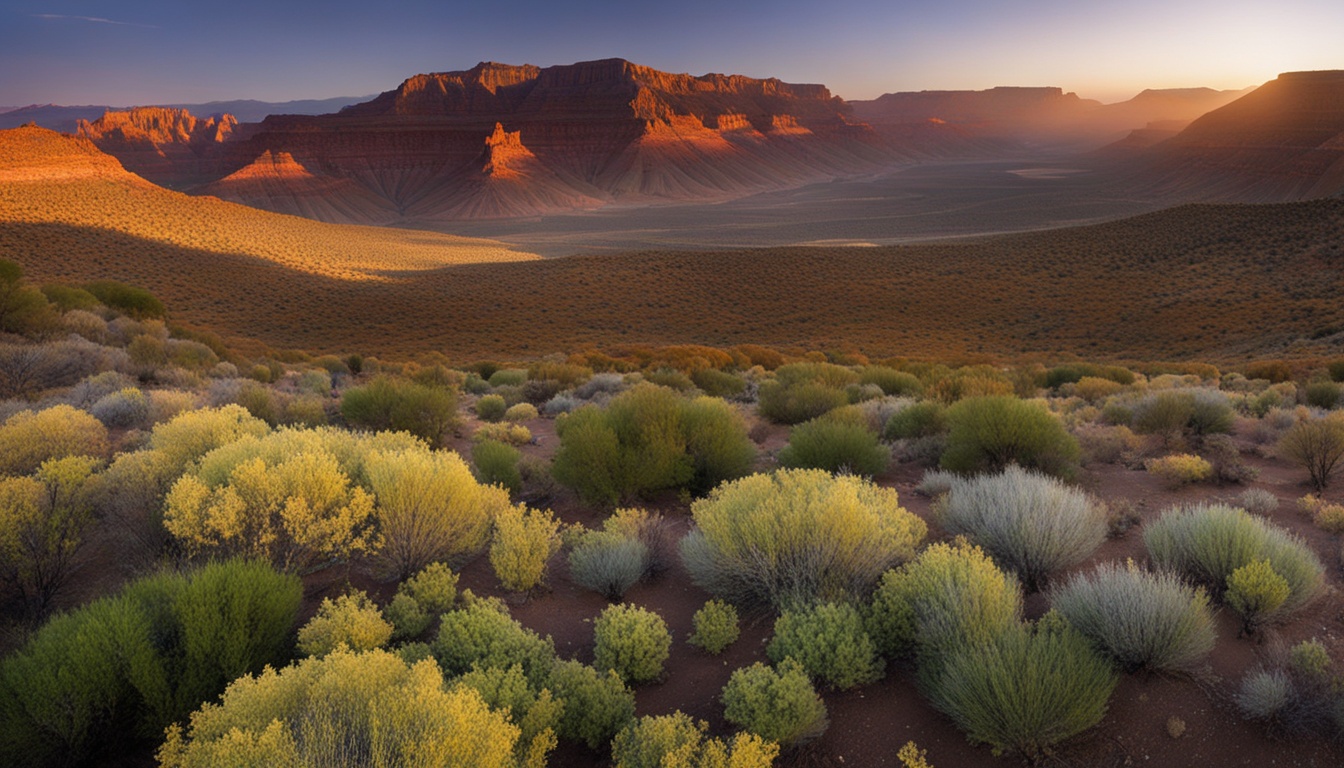
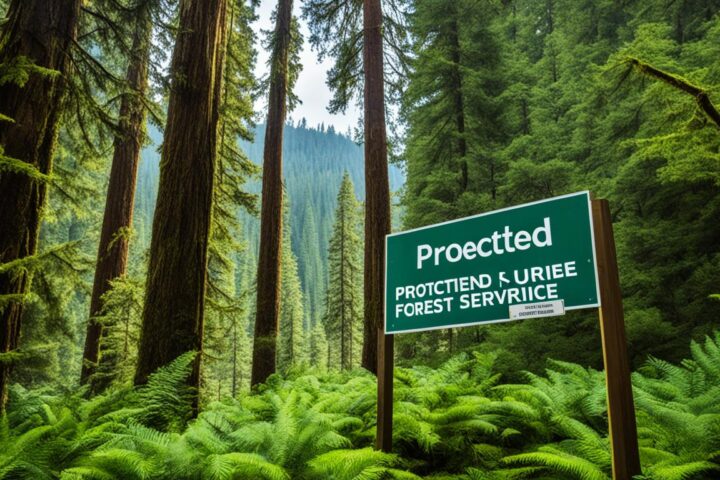
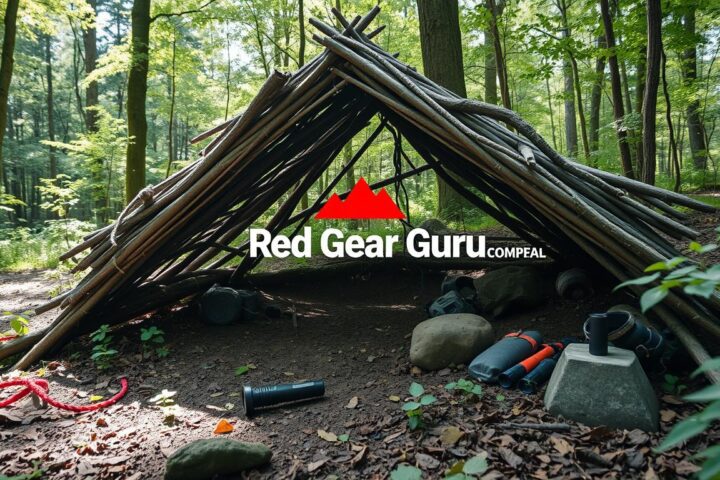





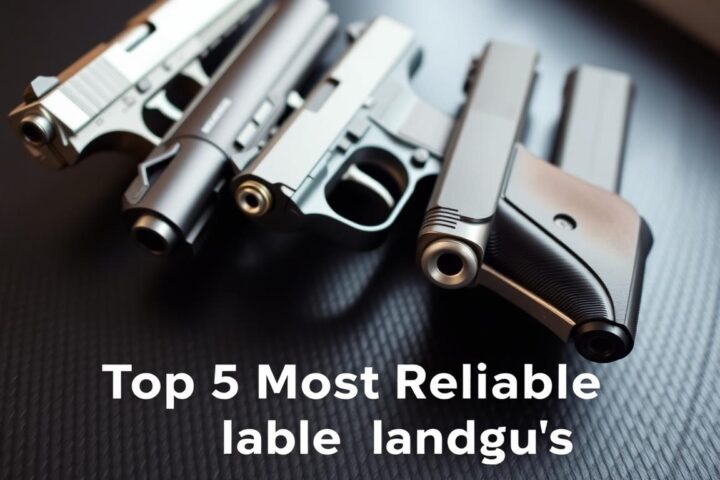

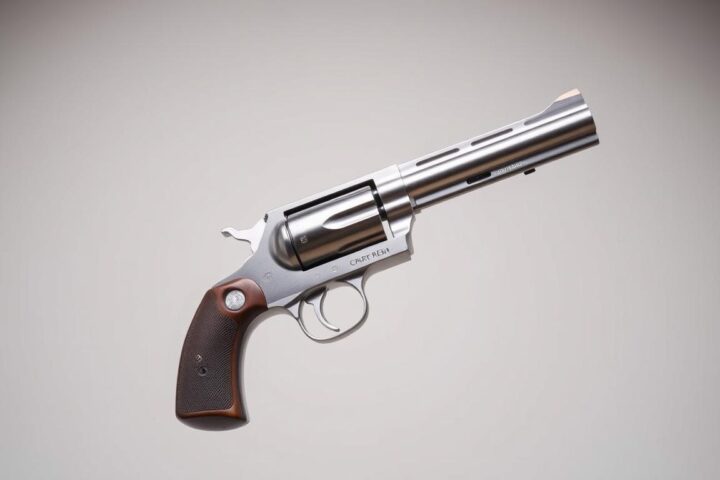


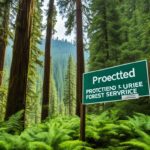
Wow, fantastic blog layout! How long have you been blogging for?
you made blogging look easy. The overall look of your site is fantastic, as well as the content!
Качественный асфальт выдерживает любые погодные условия и нагрузки, что делает его идеальным для парковок, дорожек и дворов – [url=https://cinema.rin.ru/novosti/226400/ekonomika-kachestva-i-tsenoobrazovaniya-v-tehnologii-ukladki-asfalta-kompleksnii-podhod-k-stroitelstvu-dorozhnoi-infrastrukturi.html]укладка асфальта цена[/url]
Hi I am so delighted I found your webpage, I really found you
by mistake, while I was browsing on Yahoo for something else, Anyhow I am here now and would just like to say thanks for
a tremendous post and a all round exciting blog (I also love the theme/design), I don’t have time to look over it all at the minute but I have saved it
and also included your RSS feeds, so when I have time I will be back to read
a lot more, Please do keep up the superb job.
Check out my website – รับจัดงานแต่งงาน
Хотите скачать Castle Clash на ПК? Теперь это просто — воспользуйтесь ссылке ниже [url=https://castle-clash-skachat.ru]castle clash скачать на русском[/url] и начните играть на своём ПК уже немедленно! Откройте для себя новые возможности Castle Clash с максимальным комфортом.
castle clash на пк
castle clash играть онлайн на пк
castle clash играть на пк
Лучшие товары доступны у нас. Начните покупки и откройте для себя эксклюзивные продукты по ссылке: https://xn--kr36-rzb.com
Heeft iemand ervaring met Qbet Casino bonussen?
Hallo allemaal, ik heb net het welkomstpakket van Qbet Casino geprobeerd (300% + 150 gratis spins). Na het behalen van de speelvoorwaarden (slechts 35x) kreeg ik mijn uitbetaling binnen 4 uur op Skrill!
Wie heeft er nog meer ervaring met Qbet? Zijn hun live casino dealers echt zo goed als ze zeggen?
Website: https://qbet-casino1.com/
P.S. Hun wekelijkse 10% cashback op sportverliezen is ook echt de moeite waard!”
Адвокат по уголовным делам
Verified facts! Trustworthy!
Mostbet DE – beste Online-Casinos in Deutschland! Holen Sie sich jetzt Ihren Willkommensbonus. ➡️ [url=https://abundia-gmbh.de/] Mostbet Online Casinos [/url]
Creative solution! Trying it out! Mostbet Azərbaycanda ən populyar bukmeker və kazinodur! Bonuslar və yüksək mərc imkanları sizi gözləyir. ➡️ [url=https://mostbet-aze-giris.com/] mostbet azerbaycan [/url] The attention to detail and commitment to accuracy demonstrated throughout this exceptional content is truly remarkable.Green solution! Future-friendly!
Mostbet Bangladesh – best betting platform! Enjoy cricket, football and casino games. ➡️ [url=https://shonarbangladesh.com] Mostbet Bangladesh[/url] . Body benefits! Long-term vitality! This comprehensive resource manages to be both an excellent introduction and valuable reference for advanced practitioners.
[IMG]https://kdmp2.cc/logo.png[/IMG]
[b]кракен сайт зеркало: Открывающие глаза возможности | [url=https://krakenvhod.at/]кракен вход рабочий[/url] [/b]
Откройте для себя секреты вселенной на Кракен официальном сайте. Здесь каждый клик приближает вас к истине, о ко торой вы всегда мечтали. Не упустите шанс изменить свою жизнь — приходите накракен официальный сайт.
Если вы хотите тор наркотики, важно выбирать проверенные площадки, ко торые предлагают анонимность и безопасность при покупке. Тор позволяет скрыть ваш след в интернете и обеспечит конфиденциальность.
кракен вход зеркало – https://krakenvhod.at/
I carry on listening to the reports talk about getting boundless online grant
applications so I have been looking around for the best site to get one.
Could you advise me please, where could i find some?
Another sweltering night here, the kind where the air itself feels like it’s placing bets against you.
I found myself logged into sportsbook again. It’s usually my nighttime escape when the heat finally relents.
Honestly, lately, the wins have been few and far between. My balance
is looking precariously small, and I’m starting to sweat more about the wife finding
out than the actual games. She’s been giving me that look, you know?
My so-called ‘mate’ – the one who’s always lurking around, practically looking over my shoulder –
he’s always on here too. And the infuriating thing?
He’s constantly on a lucky streak. Slots like slot_game_1 and slot_game_2, even that
crazy aviator_game where the plane flies off with all your hopes.
He even brags about his wins on slot_game_3
and slot_game_4.
It’s like this place is has a soft spot for him.
Makes you wonder, doesn’t it? Especially with the way he looks at my wife when she’s not looking.
Makes a man suspicious, this heat does.
Despite all that, and maybe it’s just stubbornness, I
still find myself drawn to favorite_slot_game. There’s something about those sweet symbols that keeps me
clicking, even when the numbers aren’t falling my way.
Maybe tonight will be different. Maybe the gaming spirits will finally throw me
a bone. Or maybe my wife will just throw me out.
Either way, here I am, spinning again at sportsbook.
Pros:
Available 24/7 (perfect for my late-night sessions)
Wide variety of games (even if some seem to favor certain people)
They do have favorite_slot_game, which I genuinely enjoy
Cons:
My personal luck here has been terrible lately
Seeing him win constantly is maddening
Starting to seriously impact my finances at home and relationships
Overall: Torn. It’s a handy option to pass the hot evenings, but my
recent experiences and observations are making me seriously question if it’s worth the
risk. Especially with everything else going on.
Another sweltering night here, the kind where the air
itself feels like it’s suffocating you. I found myself
logged into casino again. It’s usually my after-dark refuge when the heat finally relents.
Honestly, lately, the wins have been few and far between. My balance is looking precariously
small, and I’m starting to sweat more about the wife finding out than the actual games.
She’s been giving me that look, you know?
My so-called ‘friend” – the one who’s always sticking close,
practically looking over my shoulder – he’s always on here too.
And the infuriating thing? He’s constantly winning big.
Slots like slot_game_1 and slot_game_2, even that crazy aviator_game where
the plane leaves you empty-handed. He even brags
about his wins on slot_game_3 and slot_game_4.
It’s like this place is playing favorites. Makes you wonder, doesn’t it?
Especially with the way he looks at my wife when she’s not looking.
Makes a man uneasy, this heat does.
Despite all that, and maybe it’s just stubbornness, I
still find myself drawn to favorite_slot_game. There’s something about those sugary treats that keeps me clicking,
even when the numbers aren’t falling my way.
Maybe tonight will be different. Maybe the gaming spirits will finally throw me a bone.
Or maybe my wife will just throw me out. Either way, here I am,
spinning again at sportsbook.
Pros:
Available 24/7 (perfect for my nocturnal habits)
Wide variety of games (even if some seem to favor certain people)
They do have favorite_slot_game, which I genuinely enjoy
Cons:
My personal luck here has been incredibly bad
Seeing him win constantly is incredibly frustrating
Starting to seriously impact my household money and relationships
Overall: Divided. It’s a simple method to pass the hot evenings, but my recent experiences and observations are making me seriously question if it’s worth the risk.
Especially with everything else going on.